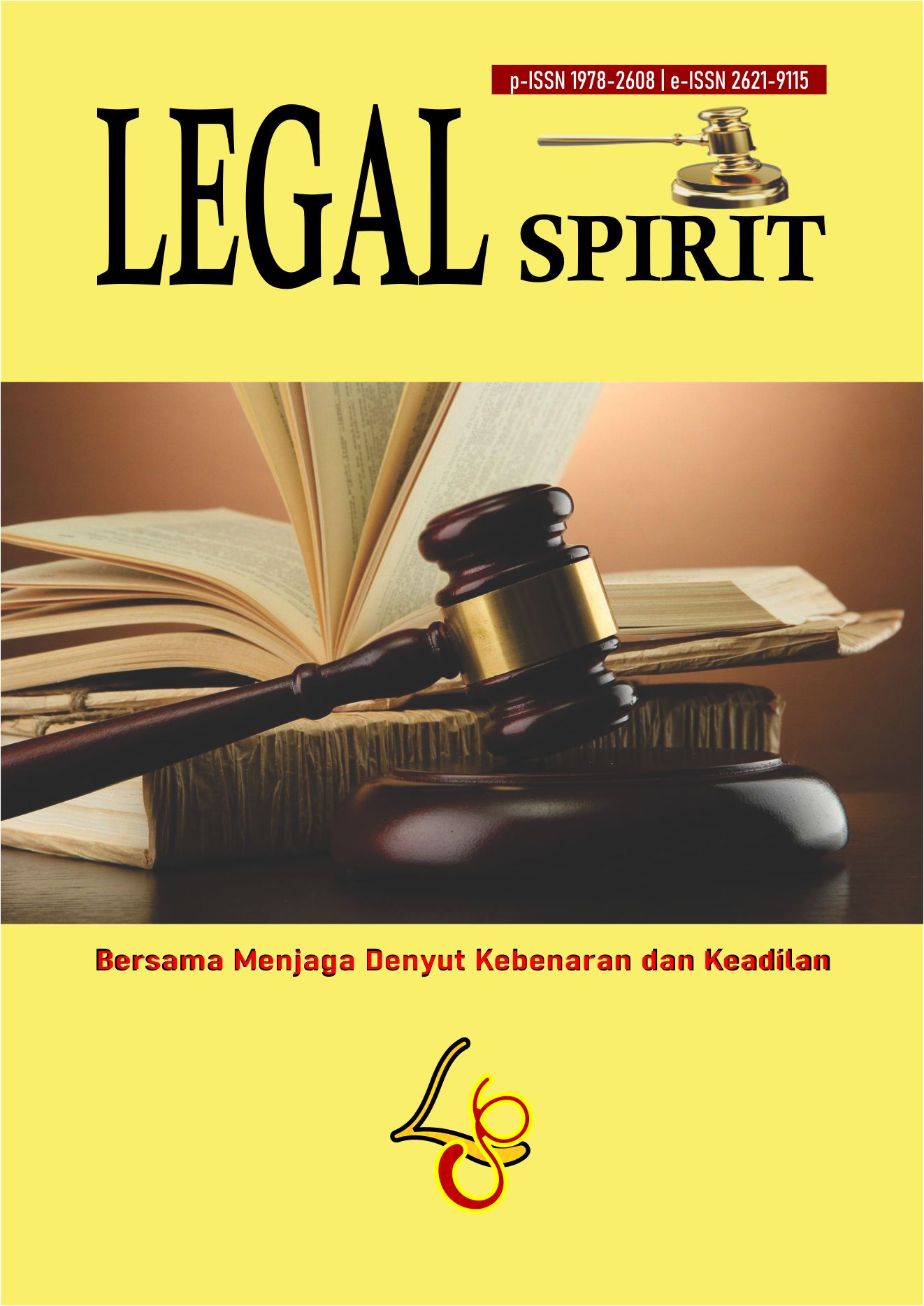Kekaburan Dalam Perjanjian Waralaba
DOI:
https://doi.org/10.31328/ls.v9i1.5652Keywords:
Addendum, Agreement, Franchise, Legal certainty, Legal protectionAbstract
The dynamics of business development in the current era have marked franchising as a very effective strategy for business owners to expand their reach with a high level of cost efficiency. In facing market complexity and dynamics, the franchise business model has become the main choice for many business actors. Within this framework, this study explores the specific case of a franchise located in "Pok-Pok My Crispy Snack", an entity that operates in the diverse realm of the Indonesian culinary industry. The main objective of this research is to reveal and analyze the legal challenges that arise from frequently encountered franchise agreements, especially those related to ambiguity. Ambiguity in franchise agreements can be a major source of legal uncertainty that has the potential to harm the franchisee. By adopting a normative juridical approach, this research describes franchise agreements and refers to related legal literature and applicable regulations as the main basis for analysis. Through a combination of conceptual and legislative approaches, this study then carried out in-depth descriptive and analytical exploration to produce systematic findings about the various problems faced. The research results confirm that ambiguity in franchise agreements results in violations of the principle of legal certainty. Therefore, legal protection for franchisees is very important, and this can be overcome through the mechanism of adding an addendum to the agreement, resolving disputes outside of court, or through court litigation as a final step.Downloads
Published
How to Cite
Issue
Section
License
Copyright (c) 2025 Nancy Eclesia Nababan, Sri Maharani M.T.V.M, Sutrisno

This work is licensed under a Creative Commons Attribution-NonCommercial-ShareAlike 4.0 International License.
.png)
Attribution: you must give appropriate credit, provide a link to the license, and indicate if changes were made. You may do so in any reasonable manner, but not in any way that suggests the licensor endorses you or your use.
ShareAlike If you remix, transform, or build upon the material, you must distribute your contributions under the same license as the original.
Legal Spirit allows readers to read, download, copy, distribute, print, search, or link to its articles' full texts and allows readers to use them for any other lawful purpose. The journal allows the author(s) to hold the copyright without restrictions. Finally, the journal allows the author(s) to retain publishing rights without restrictions
- Authors are allowed to archive their submitted article in an open access repository
- Authors are allowed to archive the final published article in an open access repository with an acknowledgment of its initial publication in this journal
========================================
Editor-in-Chief
Legal Spirit Journal.
Postgraduate Master of Law, Universitas Widya Gama, Malang, Indonesia.





